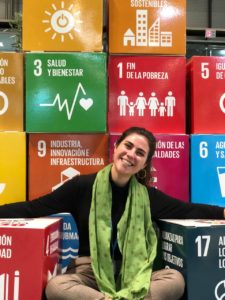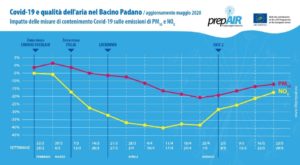What air will you breathe?
The air we breathe, especially in the Po Valley, is thick. It’s rich of polluting elements that endanger our health and the ecosystems we live in. During the pandemic, although the air was tense and thick for our hearts, it was actually cleaner and thinner for our skies and lungs.

Before the pandemic, our lives were so hectic and fast that we didn’t have time to stop, to breathe, to perceive the thickness of the air we were constantly breathing. The pandemic forcibly hit ‘pause’ on the unstoppable loop of our routines. We found ourselves unable to go out for days, weeks, months, and air therefore became our greatest desire, as well as leaving home and breathe full lungs, being able to look at the blue sky and perceiving some sense of lightness. The air we were able to breathe for those few hours of freedom on our way to the supermarket was actually ‘lighter’. The lockdown in fact brought the benefit of reducing some of the greenhouse gases. As related in Prepair’s report, a LIFE project monitoring atmospheric emissions in the Po Valley, the concentration of some pollutants (PM10 and NOx) decreased during the lockdown, and re-increased with its lifting. The drastic reduction in travelling by private transport, in industrial activities and in the use of energy contributed to improving the quality of the air, even if just for a brief period of time.

The air we are breathing now is an air of hope. If we reduce our non-sustainable mobility, if we reduce the excessive production dictated by consumerism, our frenzy and the inconsiderate use of resources, we can produce a positive impact on the environment over a short period of time.
The pandemic has taught us even better the responsibility we bear as individuals, and above all as communities, in curbing climate change.
We can make a difference: the air we will breathe tomorrow will be the result of the break we are taking today. Breathe.



